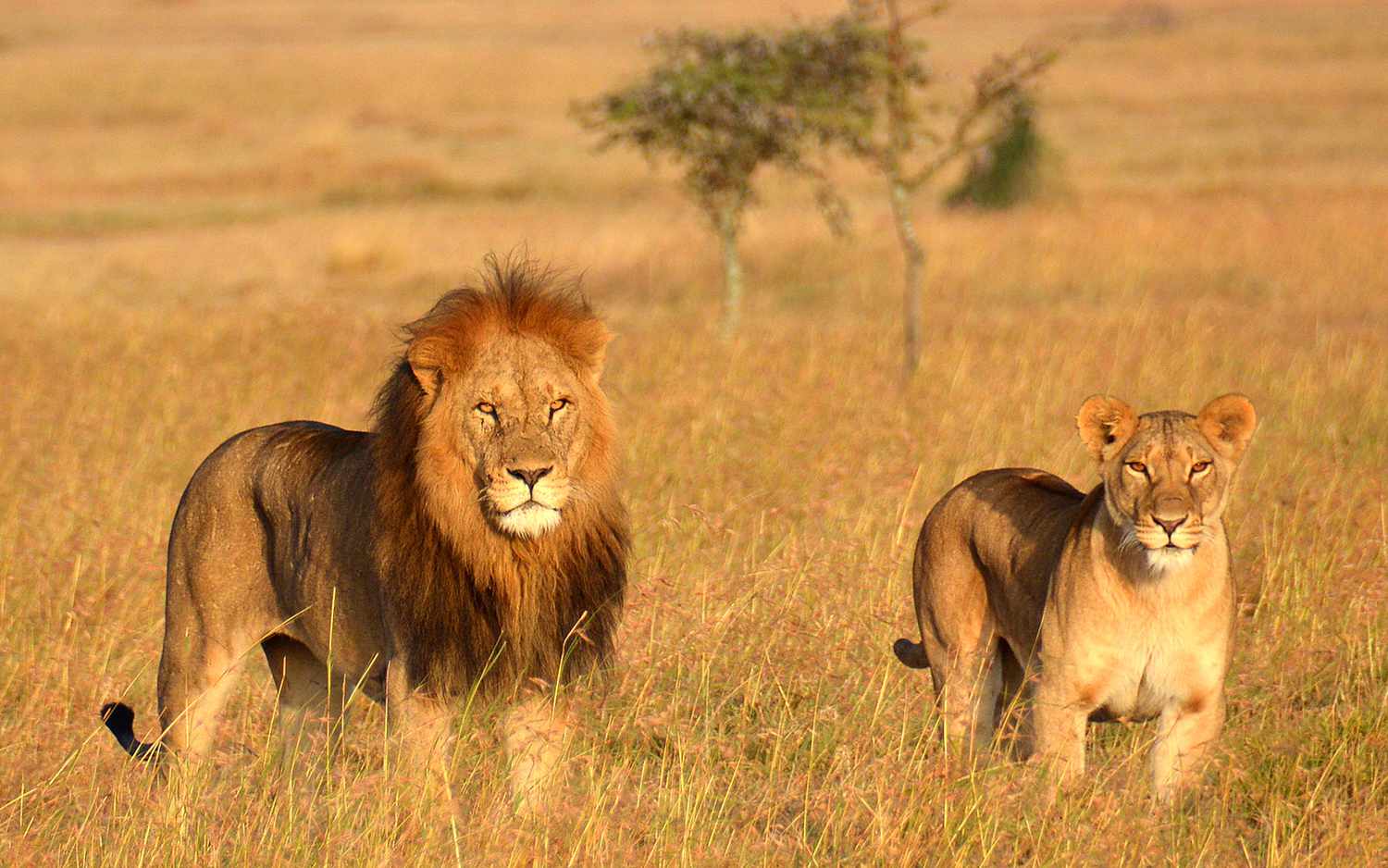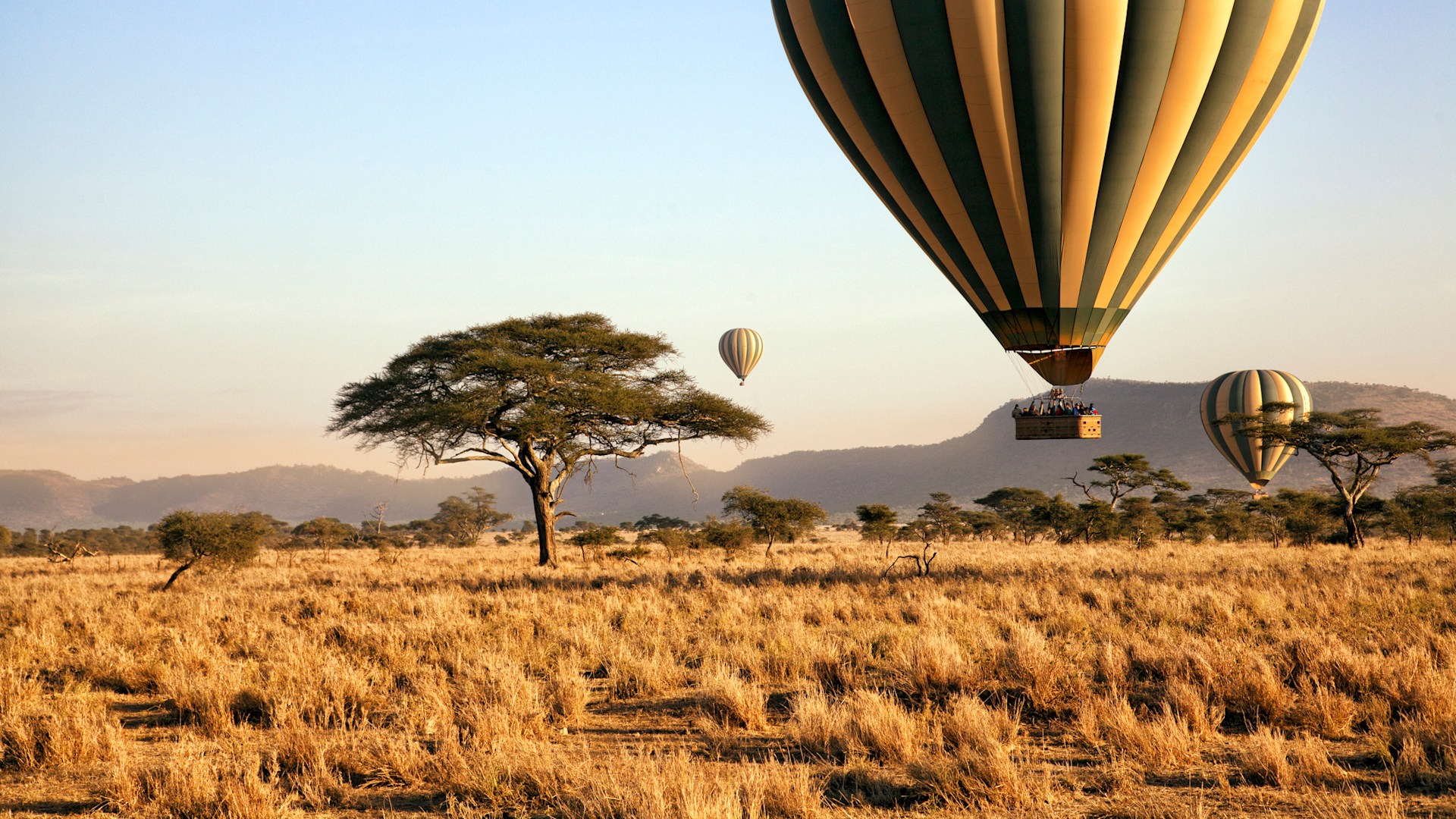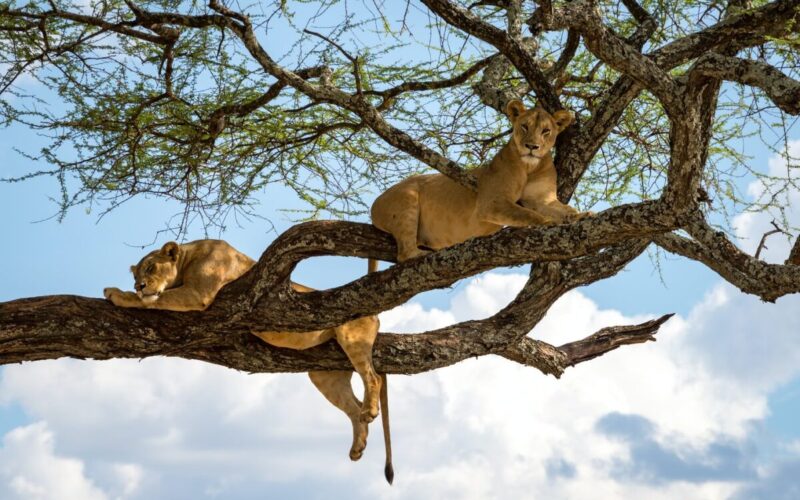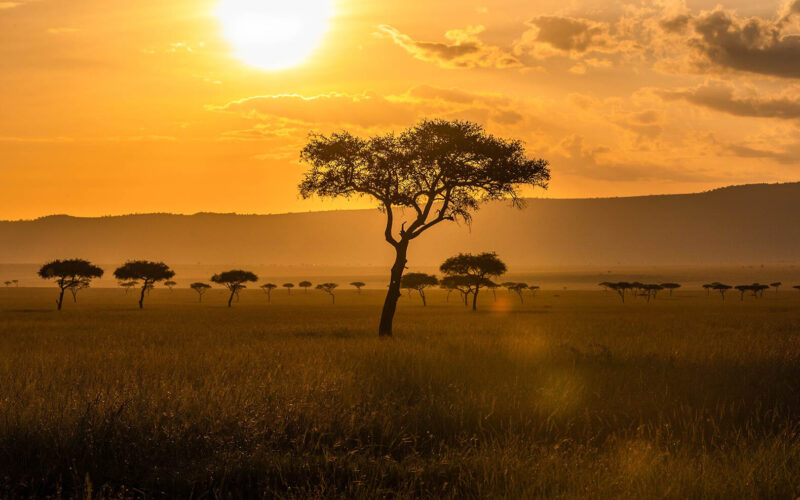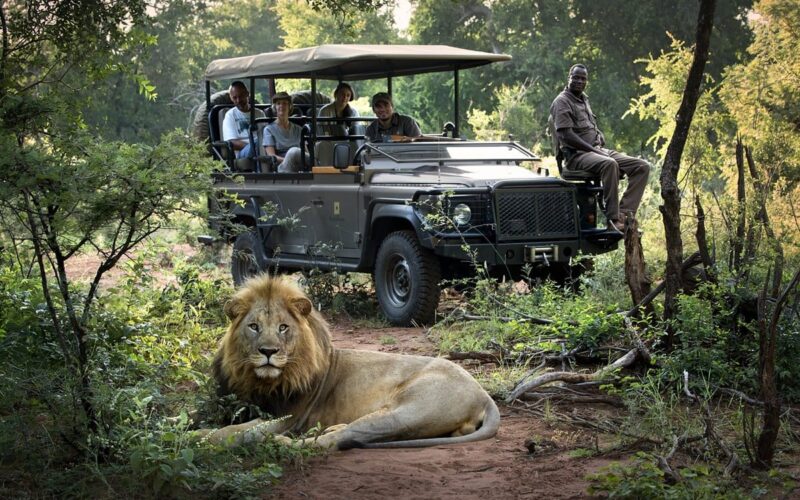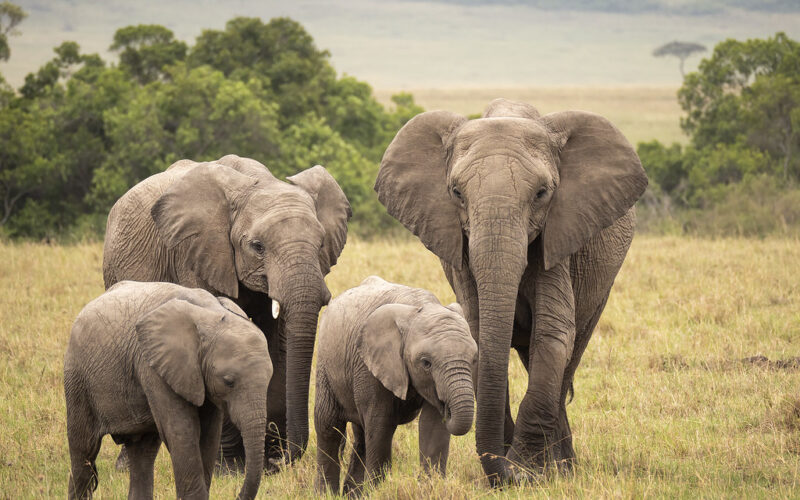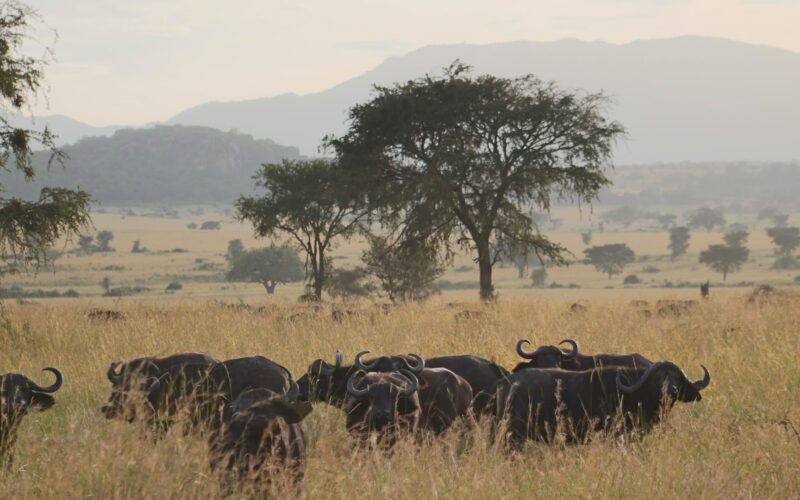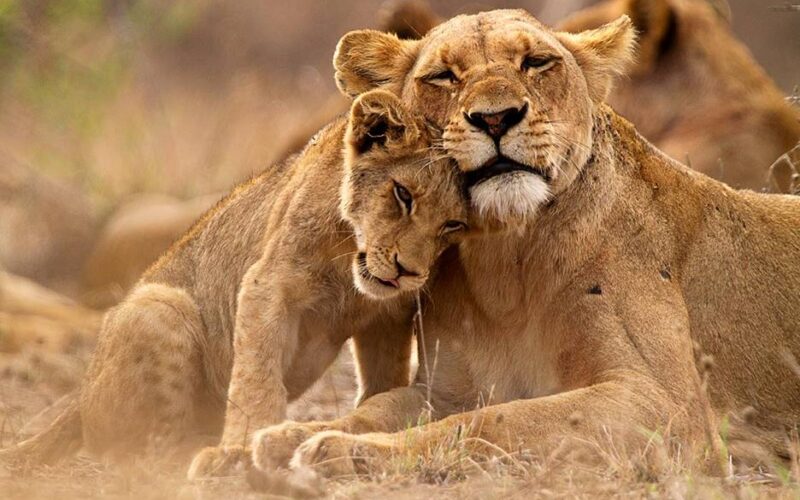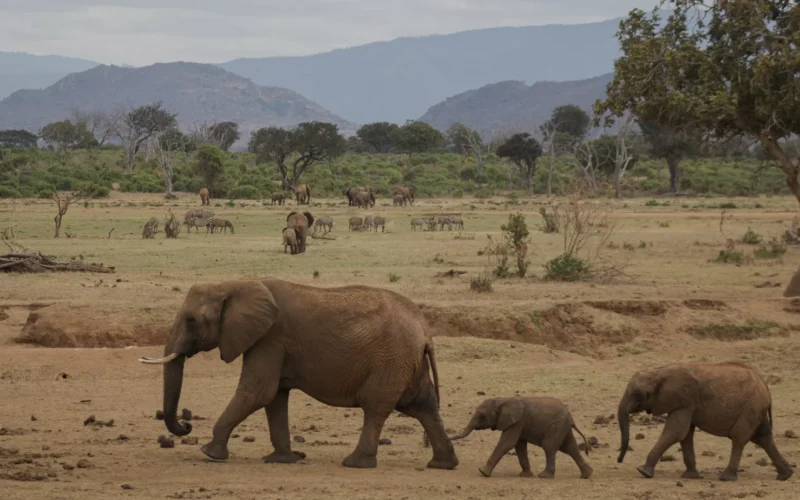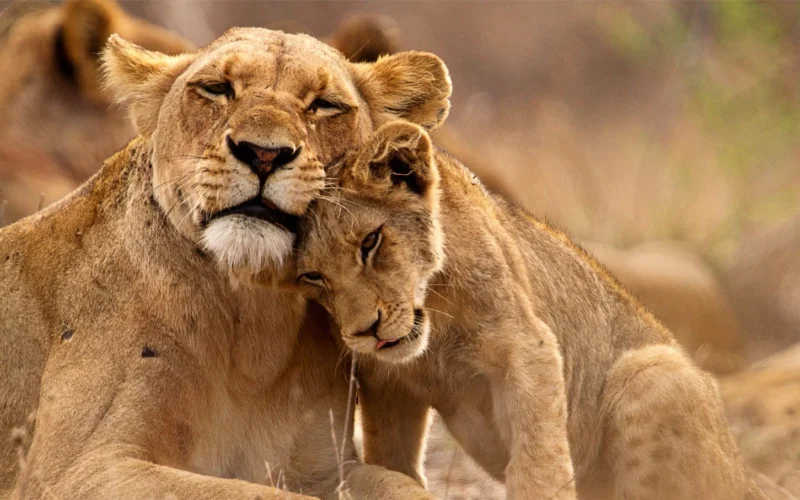Unforgettable Tanzania Safaris
The Ultimate Guide to Tanzania Wildlife Tours and Cultural Experiences
Tanzania Safaris stand as the epitome of African wilderness adventures, offering more than just traditional game viewing. Renowned for its vast savannahs, dramatic landscapes, and extraordinary biodiversity, Tanzania is a safari powerhouse. From the sweeping plains of Serengeti National Park to the unique ecosystem of Ngorongoro Crater, Tanzania Safari experiences are an unparalleled journey into the wild. Whether you’re a seasoned adventurer or a first-time explorer, Tanzania Tours present a chance to witness nature’s most awe-inspiring spectacles—such as the Great Migration—while immersing yourself in authentic cultural encounters with the Maasai and Hadzabe people.
Exceptional Tanzania Wildlife Safaris & Tour Package Holidays
11-Day Kenya & Tanzania Safari
Embarking on an 11-day Magical Kenya and Tanzania Safari is a dream come true for any wildlife enthusiast or nature lover.
11-Day Tanzania Wildlife Safari
Welcome to the 11-Day Tanzania & Zanzibar Safari Trip, a once-in-a-lifetime experience designed by Terenga Safaris to immerse.
12-Day Tanzania Wildlife Safari
Welcome to one of Africa’s most extraordinary travel experiences – the 12-Day Tanzania Wildlife Safari by Terenga Safaris.
13-Day Tanzania & Zanzibar Tour
Tanzania stands as one of Africa’s most iconic safari destinations, offering a spectacular blend of unparalleled wildlife encounters.
4-Day Tanzania Safari Extension
This 4-day Tanzania Safari Extension is a perfectly designed mini-adventure for those who want to complement their Mount Kilimanjaro climb.
5-Day Tanzania Safari Extension
An unforgettable 5-day Tanzania Safari Extension, a journey curated for travelers looking to explore the heart of Africa’s wilderness following.
7 Days Tanzania Safari Holiday
A once-in-a-lifetime adventure with Terenga Safaris on this immersive 7-day Tanzania Safari Holiday. This expertly crafted itinerary.
8 Days Tanzania Safari Holiday
Tanzania is one of Africa’s most celebrated safari destinations, known for its staggering biodiversity, dramatic landscapes, & wildlife experiences.
9-Day Tanzania Wildlife Safari
Discover the true heart of Africa on this immersive 9-Day Tanzania Wildlife Safari with Terenga Safaris. This journey is crafted to bring you.
Why Choose Tanzania Safari For Your Next Africa Safari Holiday?
What makes Tanzania Wildlife Safari truly exceptional is the combination of diverse ecosystems, accessible national parks, and unmatched game-viewing opportunities. With over 30% of its land protected for conservation, the country embodies a deep commitment to preserving its rich natural heritage. In this comprehensive guide by Terenga Safaris, we take you through the most iconic safari destinations, immersive cultural experiences, and practical travel tips that establish us as a trusted authority in African tourism. Is a Tanzania Great Migration Safari on your bucket list? Wondering about the best parks for Tanzania Birding Safari? Or seeking to blend your wildlife tour with Uganda Gorilla Trekking? Read on for expert insights and valuable tips for planning your dream Tanzania Safari.
Where To Go For Tanzania Safari Tours?
Serengeti National Park: The Heartbeat of Tanzania Wildlife Safari
The legendary Serengeti National Park is not just a symbol of Tanzania Safaris—it’s the heartbeat of Africa’s wildlife narrative. Spanning over 14,750 square kilometers, the Serengeti offers a quintessential Tanzania Wildlife Tour filled with sweeping plains, golden grasslands, and acacia-studded vistas. It is famously home to the annual Tanzania Great Migration, a dramatic event that sees over two million wildebeest, zebras, and gazelles traverse the ecosystem in search of greener pastures. This spectacle attracts predators such as lions, leopards, and cheetahs in a dramatic display of survival and instinct.
Visitors can also experience the magic of the Serengeti from above with a hot air balloon safari, an unforgettable sunrise adventure that reveals the vastness and raw beauty of the landscape. Game drives in this park often result in sightings of Africa’s Big Five, along with hyenas, jackals, and a diversity of antelope species. For birding enthusiasts, the park hosts over 500 bird species, including ostriches, martial eagles, and secretary birds—making it a great destination for a Tanzania Birding Safari.
Looking to extend your adventure? The Serengeti is a natural fit for combining with Uganda Gorilla Trekking. After witnessing the drama of the plains, a short flight to Bwindi Impenetrable National Park offers a contrasting yet equally rewarding wildlife experience. Together, these two destinations offer a once-in-a-lifetime East African safari.
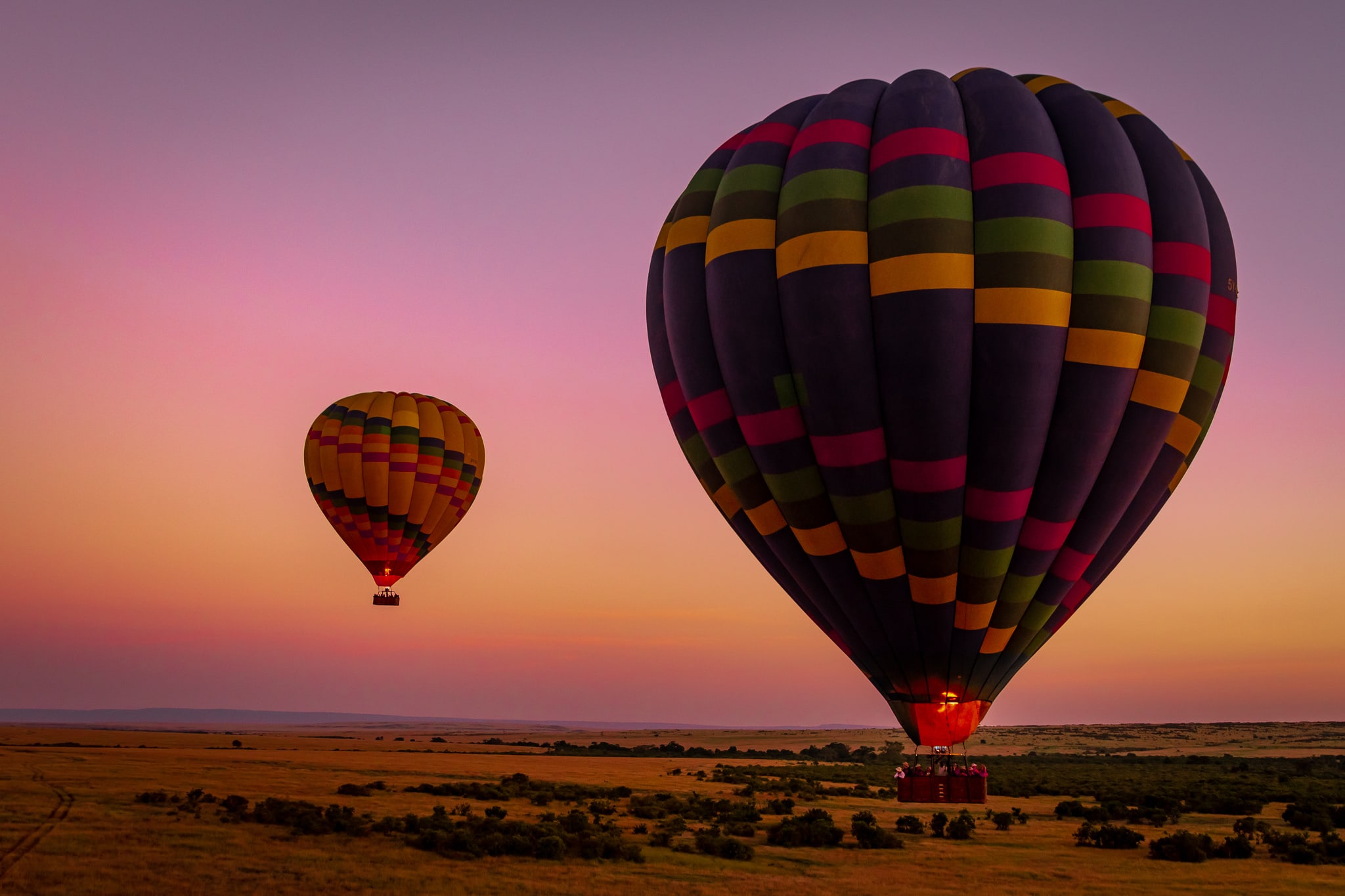
Hot Air Balloon Safaris
Ngorongoro Crater: A Geological Marvel and Wildlife Haven
Nestled within the Great Rift Valley, the Ngorongoro Crater is often described as the “Garden of Eden” for wildlife. This UNESCO World Heritage Site is the world’s largest intact volcanic caldera and one of the most densely populated wildlife areas in Africa. At just over 260 square kilometers, this natural enclosure offers a microcosm of the Tanzania Wildlife Safari experience.
During your Tanzania Safari, a descent into the crater reveals thriving populations of lions, elephants, buffalos, and endangered black rhinos—completing the Big Five within a single game drive. With its permanent water sources and lush grasses, the crater supports flamingos, hippos, jackals, and countless antelope species year-round. For those seeking a tranquil yet rewarding wildlife tour, this is a must-see destination.
A Tanzania Tour to Ngorongoro can also include a visit to nearby Maasai communities, offering deep cultural insight. Here, travelers can learn about traditional Maasai homes, ceremonies, and pastoral lifestyles—a highlight of any Tanzania Cultural Experience. Wondering whether you can integrate this with Uganda Gorilla Trekking? Absolutely. Itineraries can seamlessly link Ngorongoro with a primate adventure in Uganda, providing a dynamic and diversified safari circuit.
Tarangire National Park: The Land of Elephants and Baobabs
Are you looking for a quieter yet wildlife-rich alternative to the Serengeti? Tarangire National Park might be the hidden gem of your Tanzania Safari. Renowned for its massive elephant herds and ancient baobab trees, Tarangire offers a unique safari environment especially vibrant during the dry season (June to October). During this time, thousands of animals—zebras, wildebeest, elands, and impalas—congregate near the Tarangire River, attracting predators and creating dynamic game-viewing moments.
The park is also a premier destination for a Tanzania Birding Safari, with over 550 bird species recorded. From yellow-collared lovebirds to giant kingfishers and kori bustards, the park teems with avian life year-round. For visitors seeking close encounters with elephants, this is the park to be.
In addition to its wildlife, Tarangire provides community-based tourism options, including guided cultural tours to nearby villages. These encounters allow travelers to understand the rich human history intertwined with the land. Pairing Tarangire with Gorilla Trekking in Uganda is a strategic and fulfilling way to maximize your East African adventure.
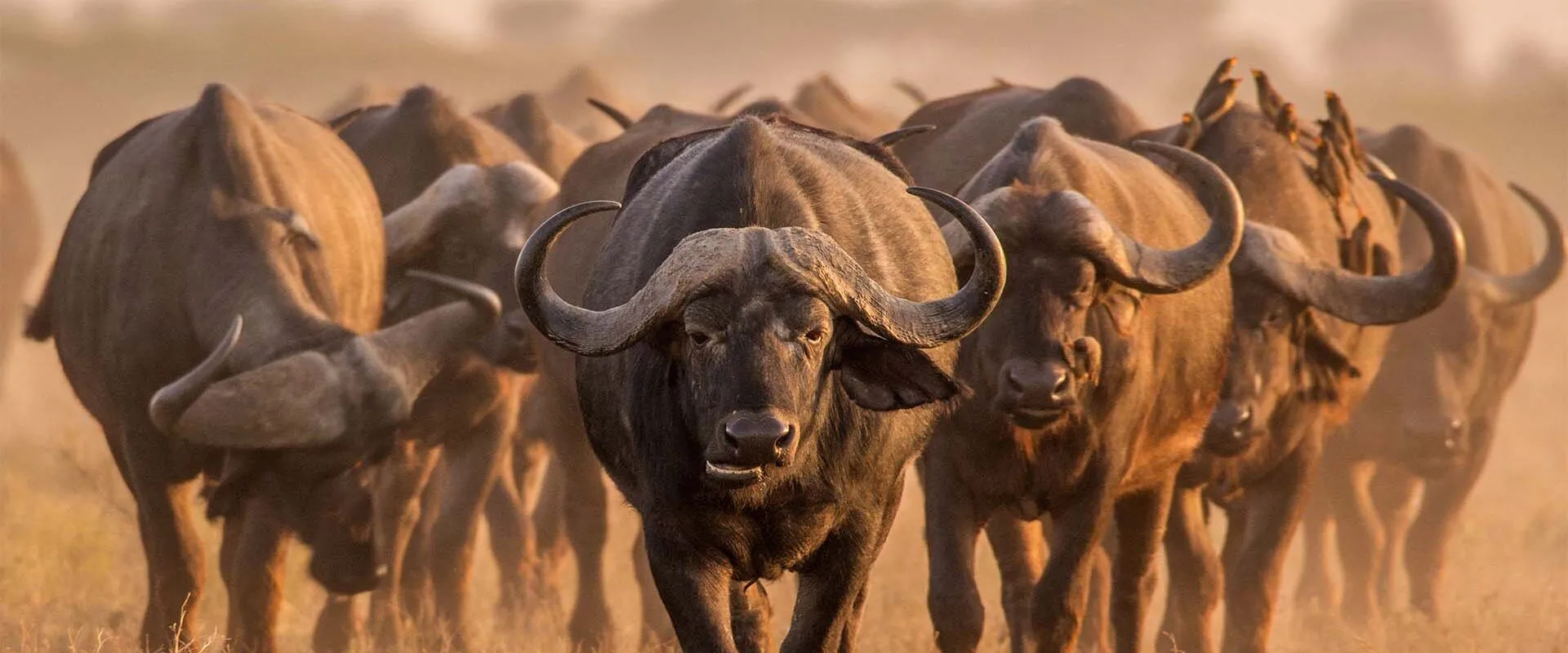
Tanzania Wildlife Tour & Zanzibar Beach Holiday
Lake Manyara National Park: Biodiversity in a Compact Package
Don’t let the size of Lake Manyara National Park fool you—this compact reserve is packed with diversity. Famous for its rare tree-climbing lions, Lake Manyara provides a different flavor of Tanzania Wildlife Safari. The alkaline lake dominates much of the park and attracts thousands of pink flamingos, pelicans, and storks, making it a hotspot for birdwatchers.
Its varied terrain—ranging from dense forests and open savannahs to marshlands—supports large troops of baboons, elephants, giraffes, and antelopes. Boat safaris on the lake add another dimension to your experience, as you can quietly observe hippos and crocodiles from a unique vantage point.
Want to make your Tanzania Tour even more enriching? Manyara is an ideal destination for a short stopover or for beginning your journey before heading to more expansive parks like Serengeti or Ruaha. Additionally, the proximity to local communities offers engaging Tanzania Cultural Experiences, where you can interact with farmers, potters, and fishermen.
Selous Game Reserve (Nyerere National Park): Off-the-Beaten-Path Adventure
If solitude and raw wilderness are what you seek, Selous Game Reserve—recently renamed Nyerere National Park—is the perfect Tanzania Safari destination. Covering over 50,000 square kilometers, this park is one of the largest protected areas in Africa. Despite its size, it remains relatively unexplored, giving you a more intimate safari experience.
Boat safaris along the Rufiji River reveal hidden corners of the ecosystem and provide sightings of hippos, crocodiles, and vibrant birdlife. Walking safaris, a hallmark of Selous, allow you to track animals on foot with experienced rangers—a thrilling and educational experience. Wildlife here includes elephants, lions, leopards, and one of the largest populations of wild dogs in Africa.
This is a must-do for seasoned travelers looking for something beyond the usual. Can Selous be combined with Uganda Gorilla Trekking? Yes. A Tanzania Wildlife Safari in Selous followed by an immersive trek with gorillas in Uganda offers a rare dual experience that few travelers get to enjoy.
Ruaha National Park: Tanzania’s Untouched Wilderness
Ruaha National Park, the largest national park in Tanzania, is an undiscovered jewel teeming with wildlife and rugged beauty. Despite its size and biodiversity, it remains under-visited, which adds to its appeal for travelers desiring a secluded Tanzania Wildlife Tour. The park features dramatic landscapes—from rocky hills to wide riverbeds—and supports one of the largest elephant populations in East Africa.
Ruaha is also a predator stronghold, hosting healthy populations of lions, cheetahs, and leopards, as well as rare antelope species like the sable and roan. The Great Ruaha River is a lifeline, drawing in animals during the dry season, making it ideal for unforgettable game drives.
Are you an avid birdwatcher? Then Ruaha is also a superb destination for your Tanzania Birding Safari checklist, with over 570 bird species. Cultural tours to nearby Hehe communities can be included for those seeking deeper Tanzania Cultural Experiences. And yes, Ruaha can be incorporated into a larger East African itinerary that includes Uganda Gorilla Trekking.
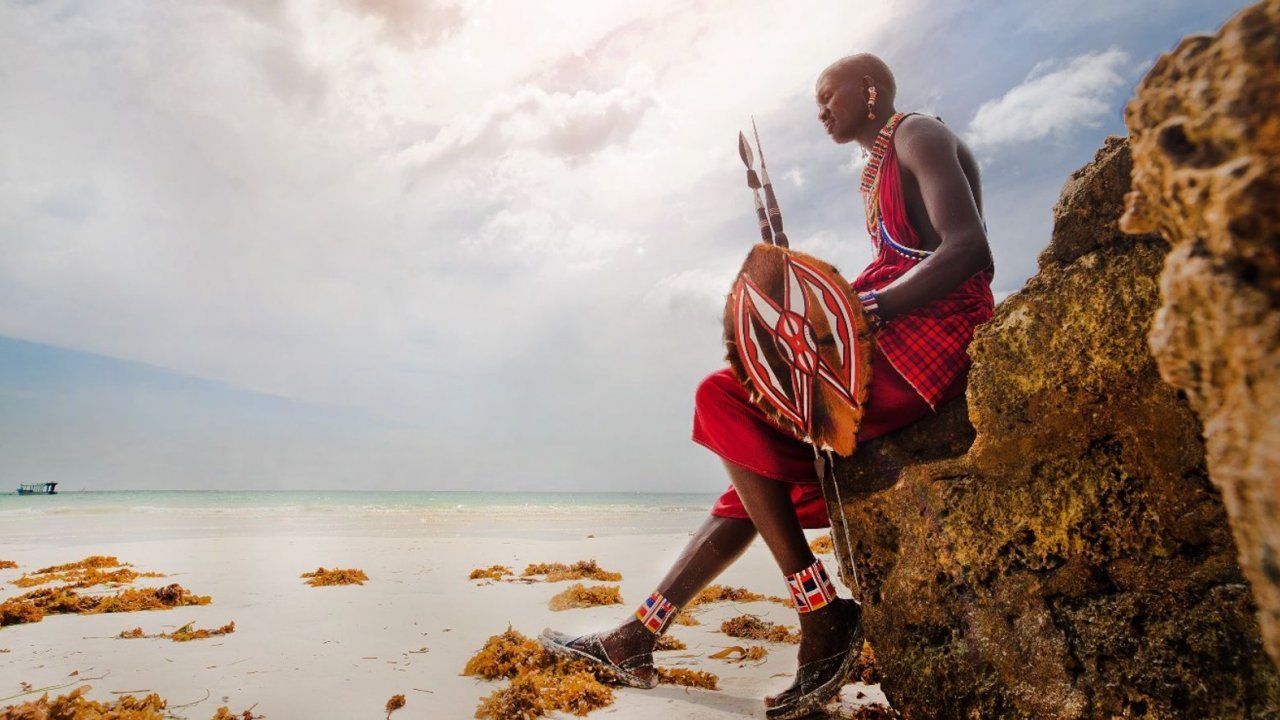
Tanzania & Zanzibar Safari
Enriching Cultural Experiences in Tanzania
Tanzania Safaris aren’t solely about wildlife—they’re also about people. During your Tanzania Tours, don’t miss the opportunity to immerse yourself in the lives of the Maasai and Hadzabe tribes. Visit Maasai villages to witness their distinctive red attire, intricate beadwork, and age-old traditions. Learn about their pastoral way of life, rites of passage, and spiritual beliefs.
For a truly unique experience, spend a day with the Hadzabe people, one of the last remaining hunter-gatherer tribes. Participate in hunting and gathering expeditions and listen to stories passed down through generations. These authentic interactions deepen your understanding of Tanzania’s rich cultural mosaic and add a powerful human element to your Tanzania Safari.
Can I Combining Tanzania Safaris with Uganda Gorilla Trekking?
Looking to elevate your African safari? Why not combine your Tanzania Wildlife Safari with an unforgettable Gorilla Trekking experience in Uganda? The logistics are simpler than you might think—several flights connect Tanzania’s northern circuit with Uganda’s Entebbe or Kihihi airports.
Imagine observing lions on the Serengeti plains one week and standing face-to-face with a mountain gorilla family in Bwindi the next. This dual-country itinerary offers a broader appreciation of East Africa’s ecological and cultural diversity. At Terenga Safaris, we specialize in crafting seamless itineraries that allow you to experience both wonders in one epic journey.
Let Terenga Safaris Guide Your Tanzania Safari Journey
Tanzania Safaris offer more than just a holiday—they deliver life-changing journeys into the soul of Africa. From the plains of the Serengeti to the depths of Ngorongoro Crater, the mighty elephants of Tarangire to the tranquil waters of Selous, every Tanzania Wildlife Tour curated by Terenga Safaris is designed with experience, trust, and local expertise.
Whether you’re chasing the adrenaline of the Great Migration, savoring the serenity of a Tanzania Birding Safari, or engaging in meaningful cultural exchanges with the Maasai, your Tanzania Tour will be unforgettable. With the added bonus of combining your journey with Uganda Gorilla Trekking, you can experience two of Africa’s most profound adventures in one comprehensive expedition.
Are you ready to embark on the ultimate Tanzania Safari experience? Let Terenga Safaris craft your perfect itinerary and unlock the wild heart of Africa.
